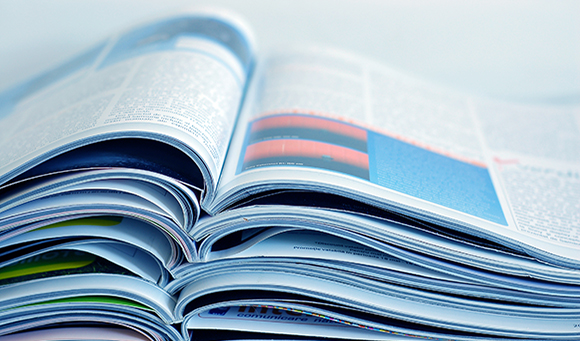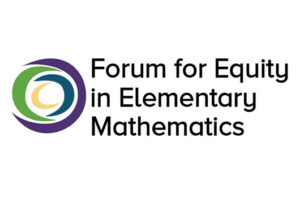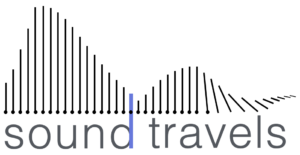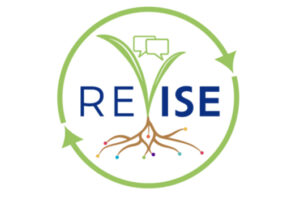Exploring the Relationship between Quantitative Reasoning Skills and News Habits
Attaway, Bennett, John Voiklis, Jena Barchas-Lichtenstein, Eric Hochberg, Jim Hammerman, Uduak Grace Thomas, Nicole LaMarca, Laura Santhanam, and Patti Parson.
"Exploring the Relationship between Quantitative Reasoning Skills and News Habits." Numeracy 16, Iss. 1 (2023): Article 3. DOI: https://doi.org/10.5038/1936-4660.16.1.1430
Abstract
Because people are constantly confronted with numbers and mathematical concepts in the news, we have embarked on a project to create journalism that can support news users’ number skills. But doing so requires understanding (1) journalists’ ability to reason with numbers, (2) other adults’ ability to do so, and (3) the attributes and affordances of news. In this paper, we focus on the relationship between adults’ news habits and their quantitative reasoning skills. We collected data from a sample of 1,200 US adults, testing their ability to interpret statistical results and asking them to report their news habits. The assessment we developed differentiated the skills of adults in our sample and conformed to the theoretical and statistical assumption that such skills are normally distributed in the population overall. We also found that respondents could be clustered into six distinct groups on the basis of news repertoires (overall patterns of usage, including frequency of news use overall and choice of news outlets). As often assumed in the literature on quantitative reasoning, these news repertoires predicted quantitative reasoning skills better than the amount of quantification in the outlets, but they still predicted only a small fraction of the variance. These results may suggest that news habits may play a smaller or less direct role in quantitative reasoning than has previously been assumed. We speculate that the presence (or absence) of quantification in everyday activities – namely work and hobbies – may be a better predictor of adults’ quantitative reasoning, as may additional dimensions of news habits and affective responses to numbers.












